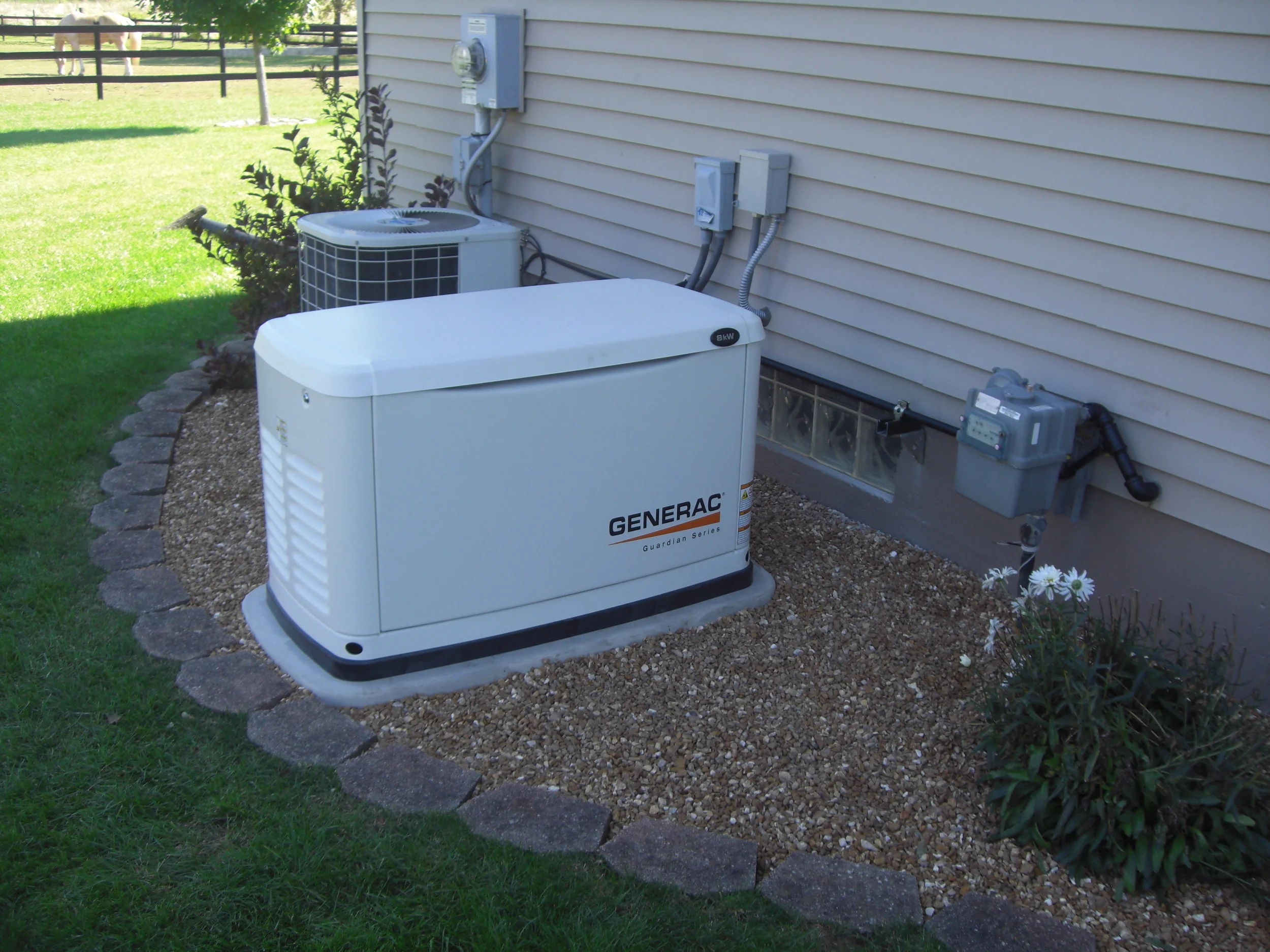Everything you need to know about installing a backup generator
/Installing a natural gas standby generator is a fairly straightforward, but sometimes daunting task. Most people realize their need for some means of power backup when their utility power is gone for enough of a time to cause discomfort. Sometimes this is after a flooded basement, or after a brown-out leaves them with no air conditioning in a Chicago heat wave.
“Far and away the best prize that life has to offer is the chance to work hard at work worth doing. - Theodore Roosevelt”
Generator Sizing
The first thing to consider when researching generators is to figure out what size generator you need, or want. If you want only your essential items such as sump pumps and refrigerators to be powered, the size of your generator will be much smaller than a generator needed to power your entire home. These smaller generators, start at 7,000 watts, or 7kW. If you decide that you would like to have air conditioning in a power outage, then you would be looking at a generator usually close to a 20kW. All sizes of backup generators work with a transfer switch, an electronic monitor that will switch power from the utility to the generator, at the same time telling the generator to start. Transfer switches can be part of a sub panel (mini breaker panel) that is powered by the generator, or they can be whole house transfer switches, which transfer the entire existing breaker panel to the generator's power.
Generator Placement
When installing a standby generator, the placement of the unit will determine the amount of work required to complete the installation. The most ideal location for generator placement is between the electric meter and the gas meter. If both of the meters are on the same side of the house, the generator can be placed somewhere between the two, allowing the shortest run of both gas and electric. The further the gas or electric has to run, the trickier the install. If electric has to run far, it starts to experience voltage drop, which will affect the electrical loads in your home. To counteract this, the electrical wire must be up-sized to lessen the resistance through the wire. If gas has to be run far, the size of the pipe has to be up-sized, due to the fact that the gas utility company provides gas pressure at 5-7 inches of water column after the meter. That pressure experiences friction the farther it travels, and therefore loses pressure by the time it reaches the generator. Oftentimes, the gas meter provided by the utility company needs to be up-sized to allow sufficient gas to allow enough gas flow in the event of all gas appliances running simultaneously. The placement of the generator is affected further by the lot line of your home, and the distance from the proposed location to operable windows. The generator usually needs to be at least 5 feet from your lot line, and at least 18" from the side of your home. According to manufacturer specifications and local ordinances, the generator must be 5 feet from any window or door.
Generator Installation
After the details have been ironed out, the installation moves forward, the generator is delivered and set on its decided location. The pad where the generator sits should be one of two things: either a concrete pad, or a pad built of landscape timbers, filled with gravel. The pad with gravel works better for residential generators, as the generator can be re-leveled easily, after years of settling. The generator is usually between 400 and 500 pounds.
Once the generator is set, the transfer switch is installed. This process varies according to the style of transfer switch that is chosen. Conductors and control wires are then run from the generator to the transfer switch, usually in separate conduits. The gas is then run straight from the gas meter, if possible, to the generator. A shut-off and drip tee are installed before the generator for emergency stop and maintenance.
The final step is the process of activation. This is different for all generators. Once this is completed, the generator will patiently await the next power outage, test running itself every week to ensure its reliable operation upon the call of duty. You can learn more about all the generators supplied and installed by OneStop Pro at www.chicagogenerator.com

